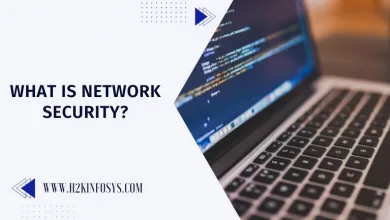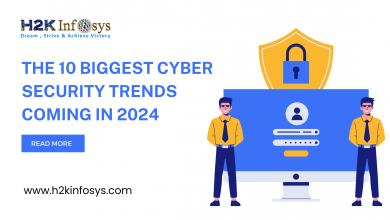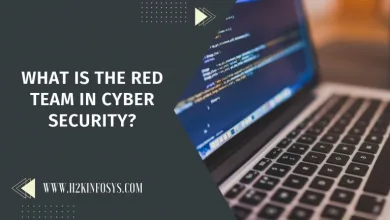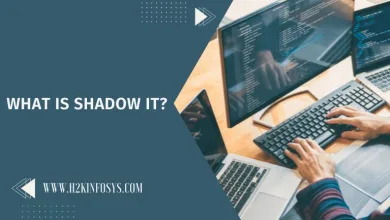What is Security Posture
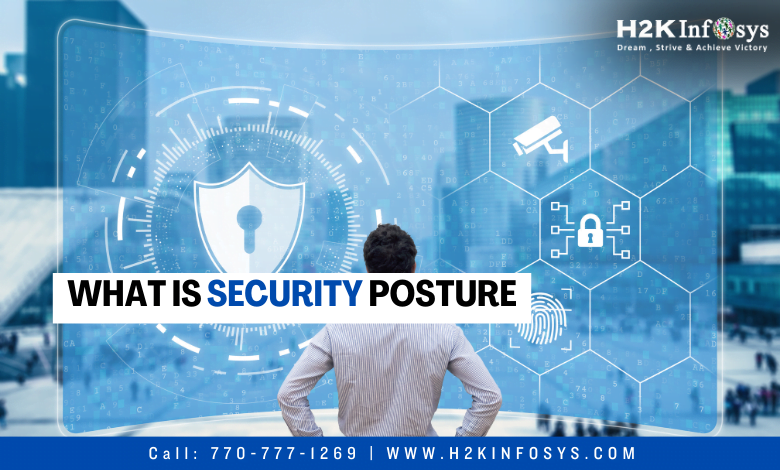
The ability of an organisation to defend itself against cyber threats and the general maturity of its cybersecurity program are referred to as its security posture. A corporate cybersecurity posture comprises various elements such as the ability of the business to view its digital attack surface, the security measures used to stop and identify cyberattacks, and the procedures followed by the security team to resolve and recover from a cybersecurity incident. To learn more, check out the cyber security course online.
The Need for Security Posture
Companies are dealing with an increasing amount of automated and sophisticated cyberattacks. It gets harder to recognize and respond to cyberattacks as cybercrime groups hone and broaden their tools and tactics. Simultaneously, the IT infrastructures of numerous enterprises are expanding in size and complexity. Additionally, security teams have to put in more effort to defend them from assaults as their digital attack surfaces grow.
An organisation’s ability to defend itself against cyber attacks is demonstrated by a robust security posture. A company’s susceptibility to security risk is decreased by having complete insight into its attack surface and the ability to counter different types of cyberattacks.
Key Components of Security Posture
A corporate security posture is made up of a number of elements and variables, such as:
- IT Asset Inventory: Unknown IT assets are beyond the reach of a security team’s effective defence. A robust security posture requires a thorough asset inventory.
- Attack Surface Visibility: The range of systems and weaknesses that an attacker can use to target an organisation makes up the digital attack surface of that organisation. Deploying security controls to safeguard an organisation’s attack surface requires visibility into it.
- Risk assessment: It is rare for organisations to have the resources necessary to totally eradicate cyberthreats to their operations. Risk assessments help businesses prioritise security operations by determining the risk offered by a specific attack.
- Security Controls: Security measures shield the company from a range of dangers. Having security procedures in place to guard against the biggest threats to the company’s security is a sign of a mature security posture.
- Incident Response: In the event that an organisation is unable to stop an attack, it must act swiftly and decisively to stop it. Activities related to incident response are accelerated and improved by an established incident response team plan.
- Compliance and Governance: Security initiatives are integrated into the firm as a whole; they do not exist in a vacuum. A well-developed security program conforms to both internal and external regulations and has robust governance.
- Employee Education and Awareness: The first line of defence against cyberattacks for a company is its workforce. Employee awareness and appropriate response training for phishing and other threats reduces the organisation’s cybersecurity risk exposure.
- Security Automation: Processes for managing security manually are sluggish and unscalable. A business security posture is improved by security automation because it makes it possible for it to identify, address, and recover from cyber threats more swiftly.
Assessment of Security Posture
The security posture of a corporation changes with its business. A periodic security posture assessment can assist the company in determining potential gaps that need to be filled and in gauging the maturity of its cybersecurity program.
The five steps of a security posture evaluation are as follows:
- Inventory of Assets: Ascertain which of the organisation’s possessions need to be safeguarded.
- Finding Vulnerabilities: Determine which of the various systems that comprise the attack surface of the organisation have potential vulnerabilities.
- Threat Analysis: Identify possible dangers to the company that could take advantage of these weaknesses and jeopardise business operations.
- Risk assessment: Determine the level of risk that each threat poses to the organisation by considering its likelihood and possible effects.
- Recommendation for Improvements: Determine how to strengthen security procedures, controls, etc. to better safeguard the company from online attacks.
How to Strengthen Your Security Posture
An organisation can improve its security posture in a number of ways, such as:
- Automated Inventory Management: To give real-time visibility into the systems that the company is responsible for, carry out automated inventories of corporate IT assets.
- Frequent Vulnerability Assessments: To identify possible weaknesses and threats to an organisation’s systems, automate vulnerability scanning and conduct penetration testing on a regular basis.
- Risk analysis: To make sure that cybersecurity actions and investments are appropriately prioritised, conduct regular risk assessments.
- Define Clear Metrics: Establish quantifiable, explicit measures to assess the cybersecurity program’s maturity and effectiveness.
- Policies & Procedures: Incident management is streamlined and inadvertent security errors are decreased with the aid of security policies and procedures.
- Evaluation and Improvement of Security Controls: Assess an organisation’s security controls’ efficacy on a regular basis to manage cybersecurity risk.
- Awareness and Training of Employees: To lessen exposure to phishing and related risks, staff should get training on the most recent dangers.
Conclusion The shift to the cloud has made it more difficult for many enterprises to manage their security posture. Cloud security is decreased by unfamiliar infrastructure, restricted administration, and complicated management. Check out the cybersecurity training online to learn more.


